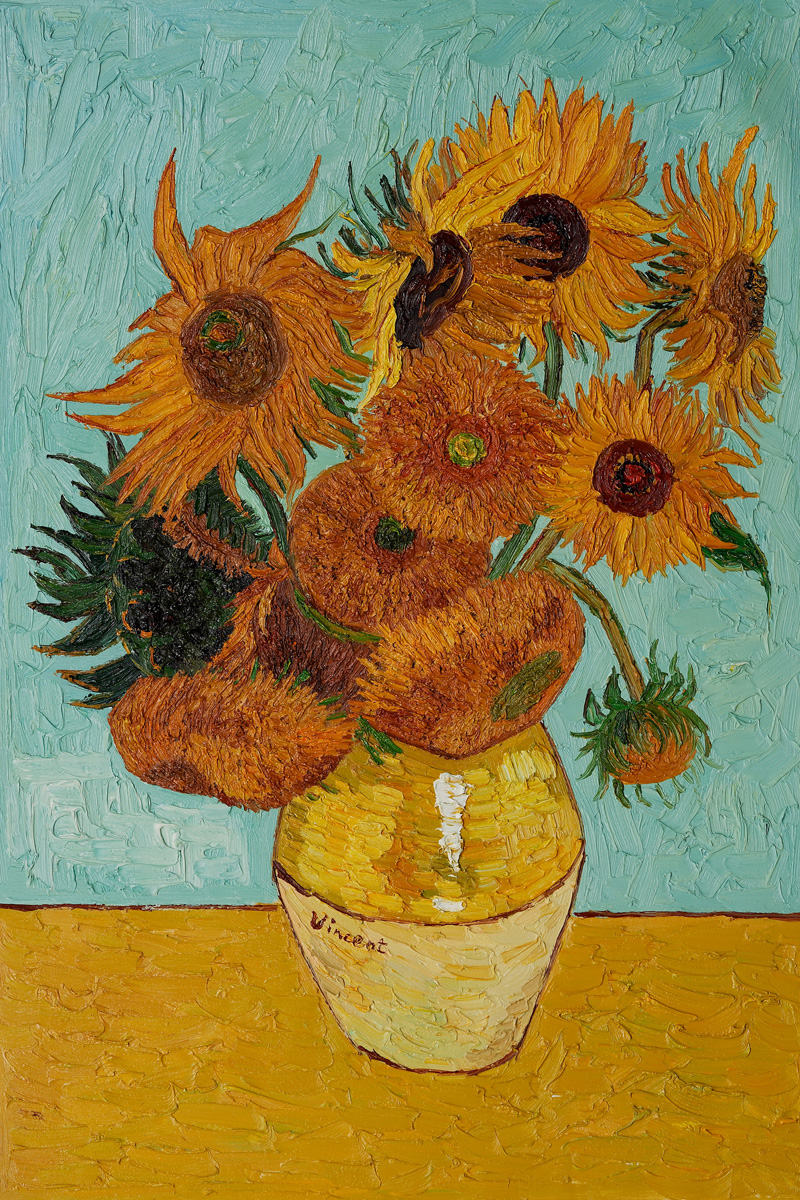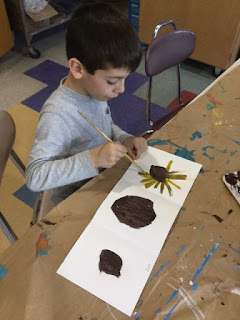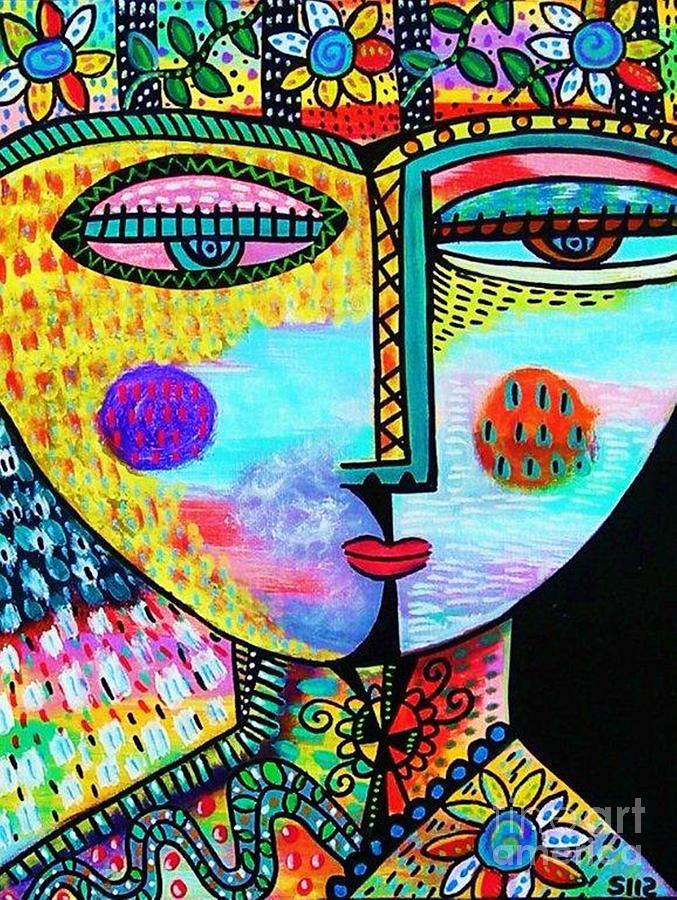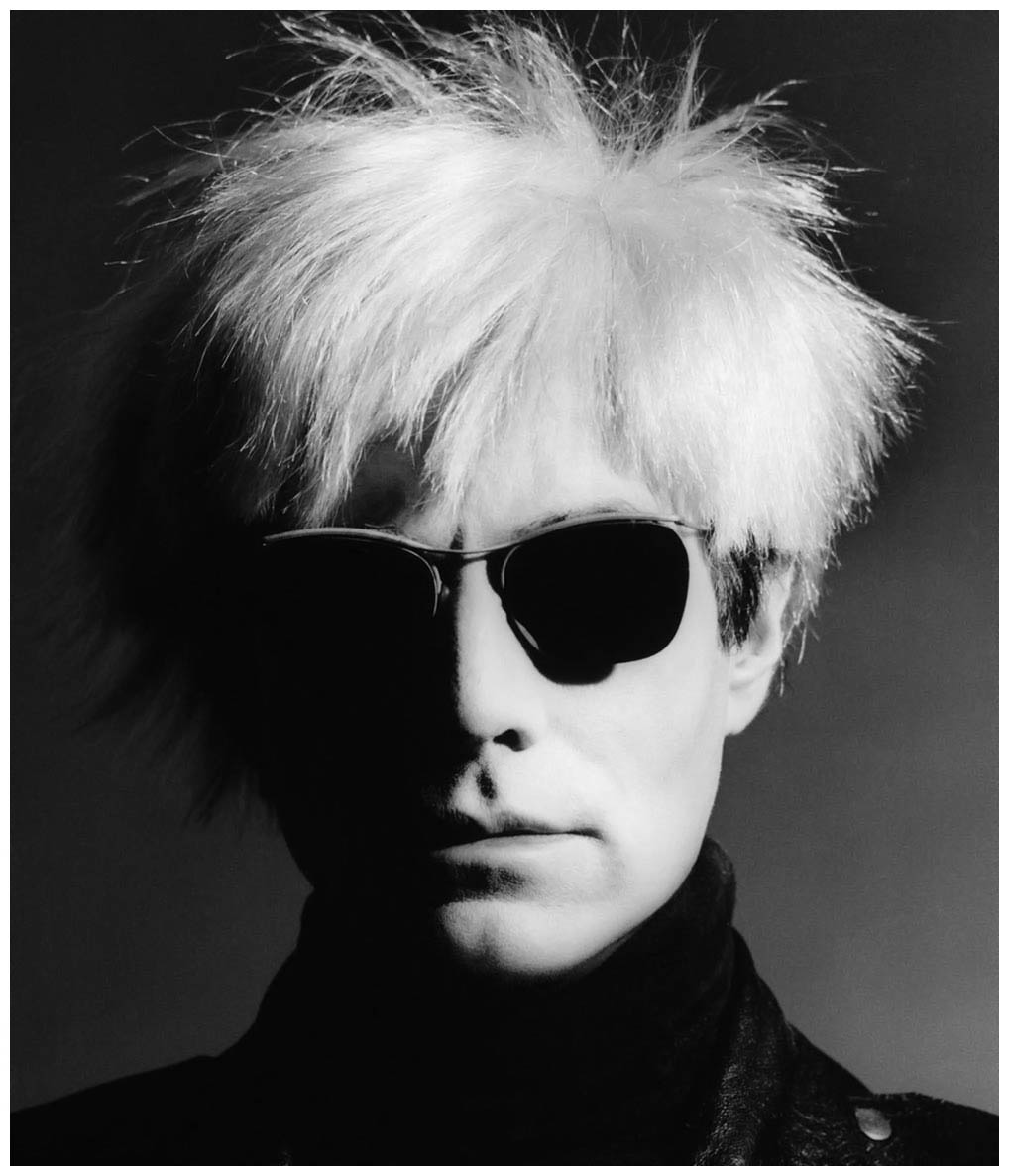 |
| Sunflowers 1888 Oil on Canvas Vincent van Gogh |
First grade students studies Vincent van Gogh's Sunflowers to draw inspiration for their own still life project. Students began their art work by discussing the position of the vase and how there needed to be enough room for the sunflowers in their composition. Using a black crayon, students used a template to trace a vase shape and add the essential line to separate table from background. From there, students explored color value. We talked about how Van Gogh used different shades of yellow in his painting to achieve depth. If we add white to yellow, it produces a lighter tint of color. When we add black to yellow, it creates a darker shade of yellow. We explored this concept as students painted in their vases. Similarly, we learned how to mix turquoise for the background color. We mixed green, blue, and white to produce teal. If we wanted a lighter tint of turquoise, students added white and if they wanted to a deeper color they needed to add more blue.
The second class we painted our sunflowers. Students used brown for the centers of their flowers and then painted petals with yellow with out washing their brushed off. This subtle mixing of yellow and brown added to the richness of their petals. Students were also taught to make their petals by placing their paintbrush on the edge of the brown circle and then flick their wrist away to make their mark.

The final class was devoted to cutting each sunflower and gluing them to their art work. Students had to practice advanced cutting skills so that their flowers didn't look like lollipops rather students had to cut around each petal. It took a lot of effort but their hard work paid off! Lastly, students added paint and oil pastels to create stems and details to their work.

The final results are stunning! Great job 1st graders!!





















































